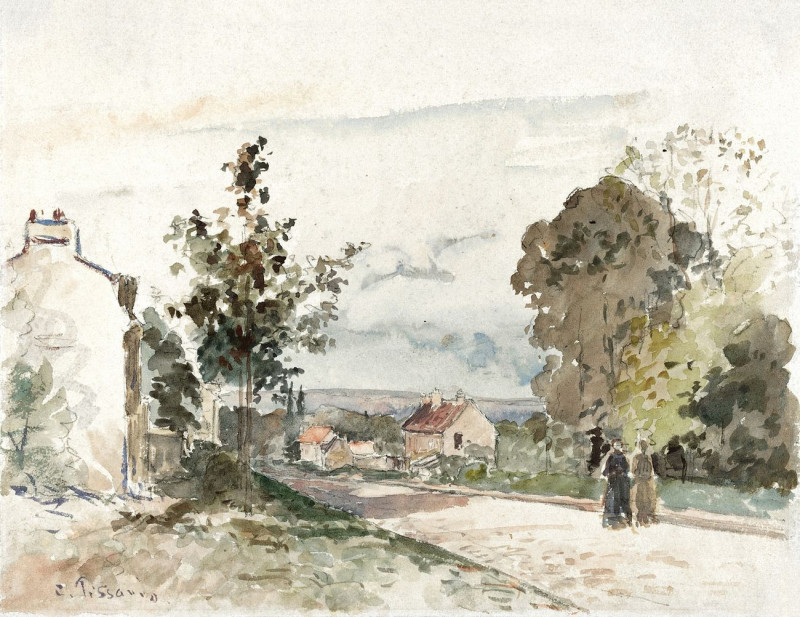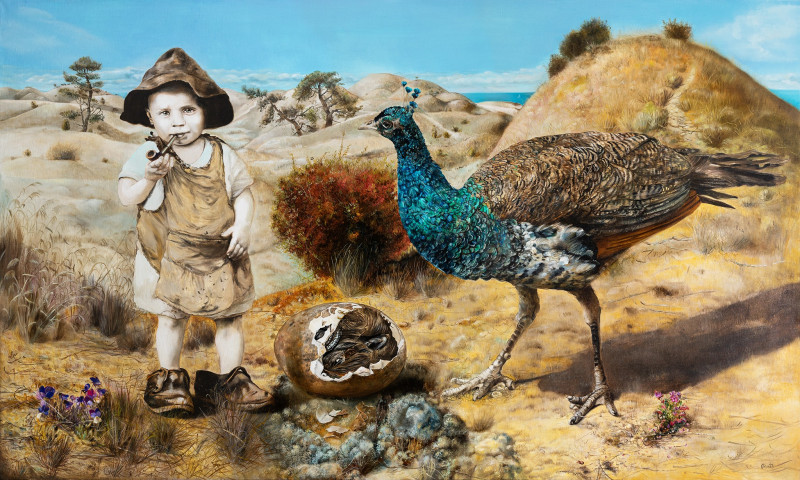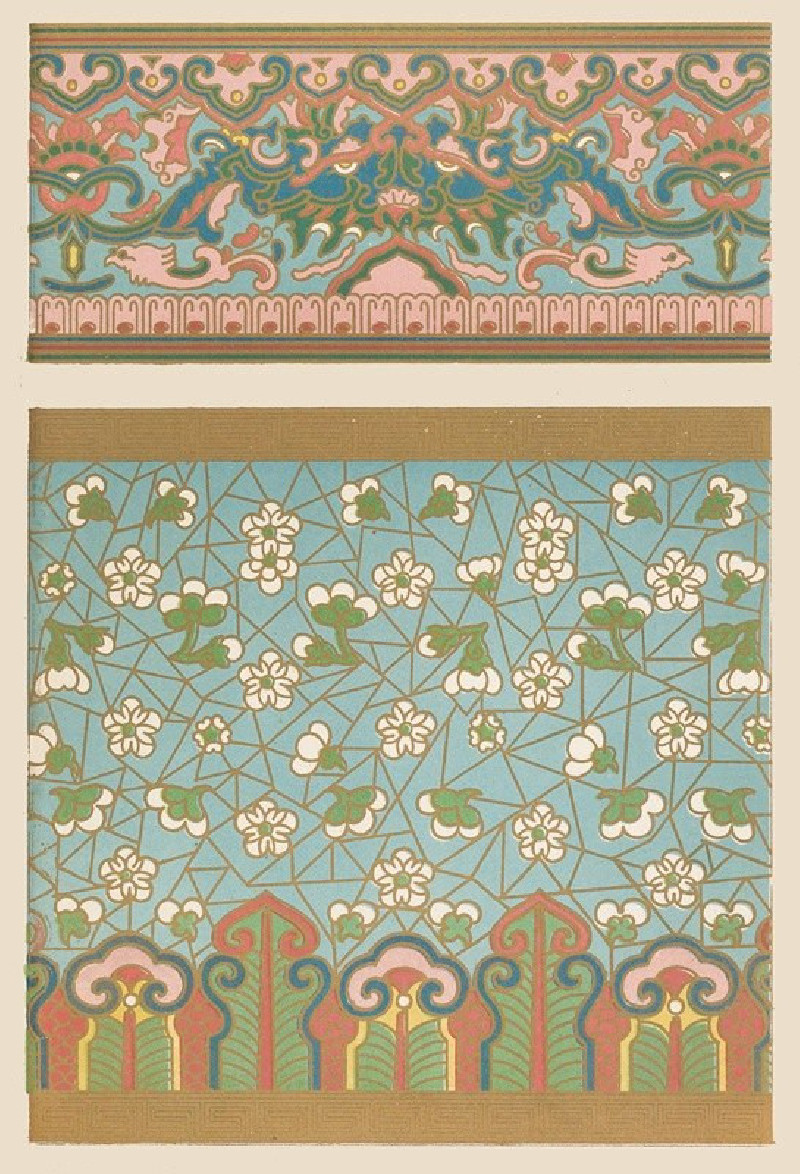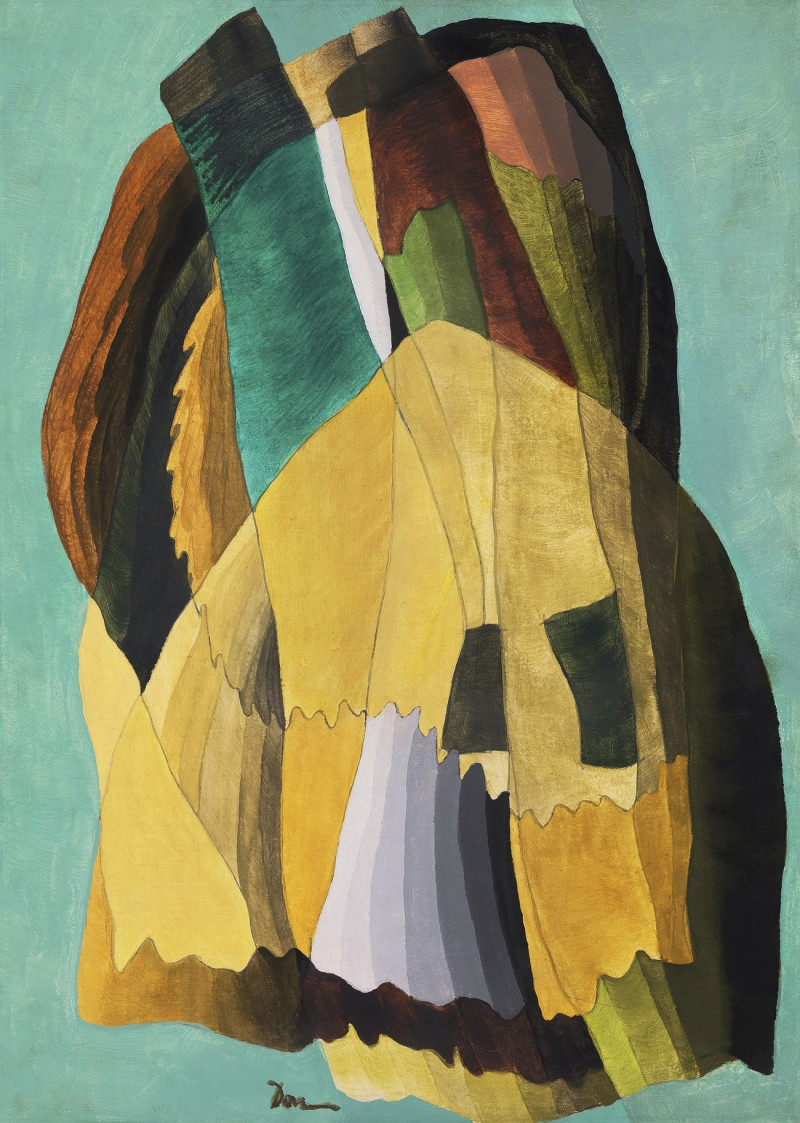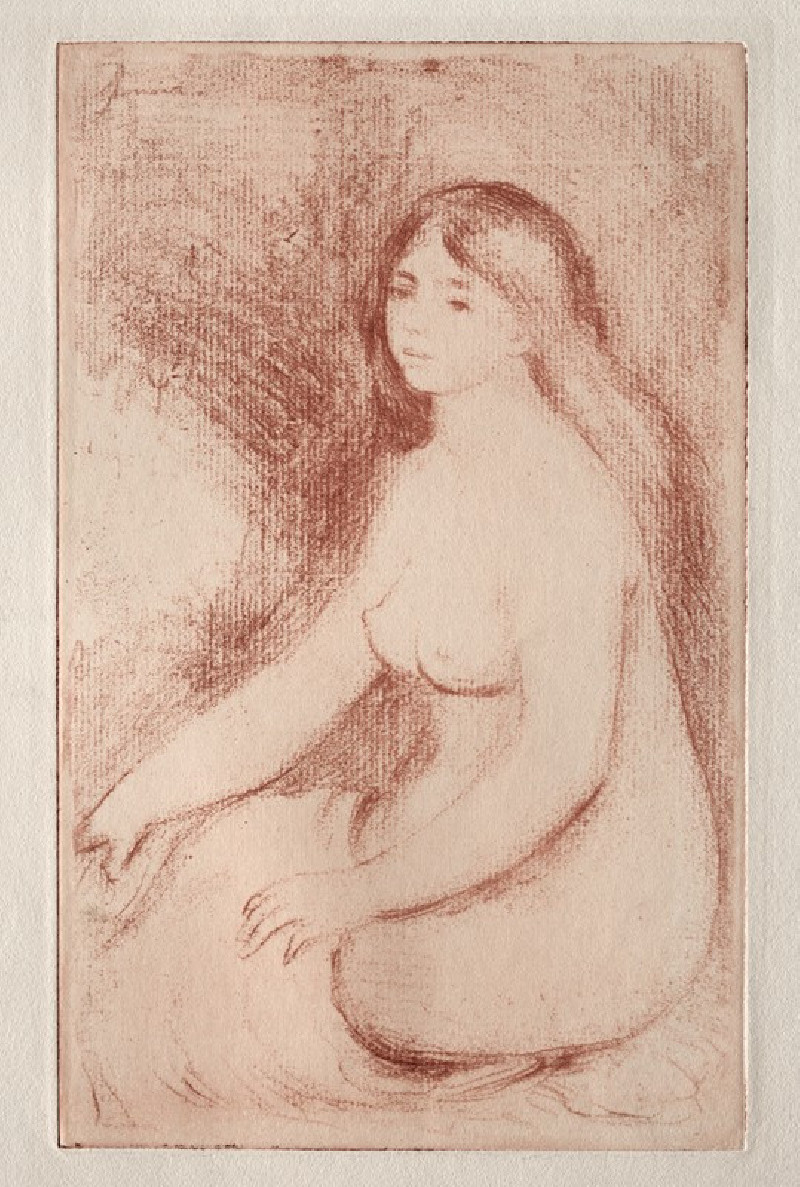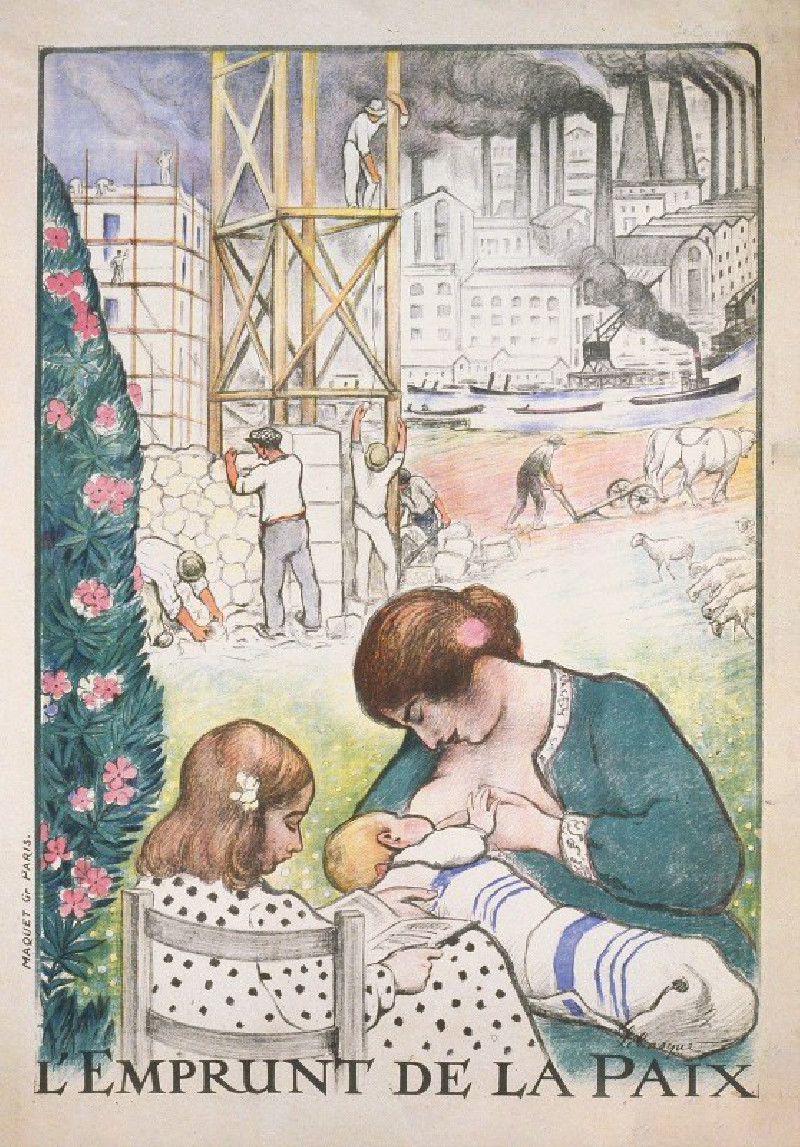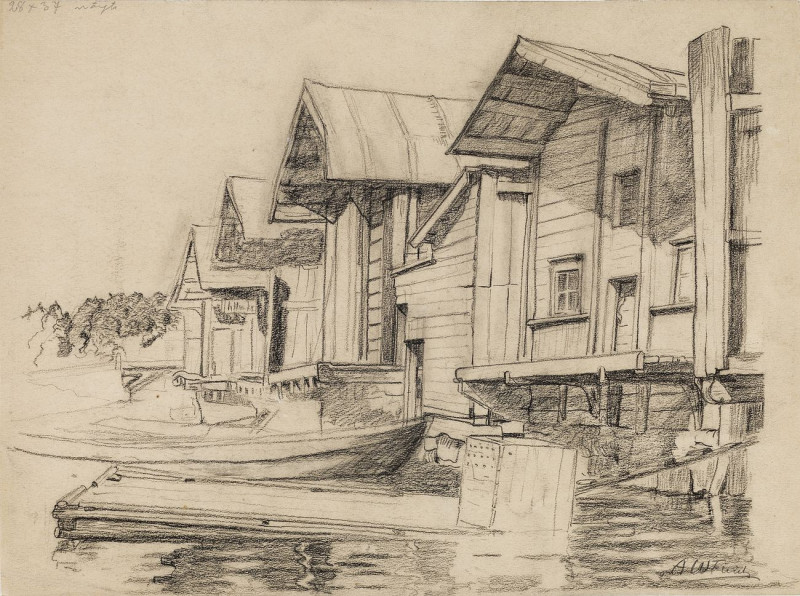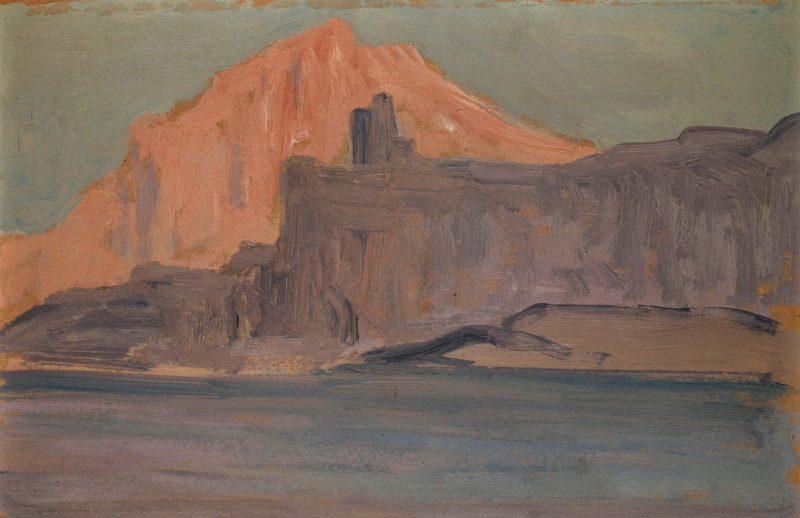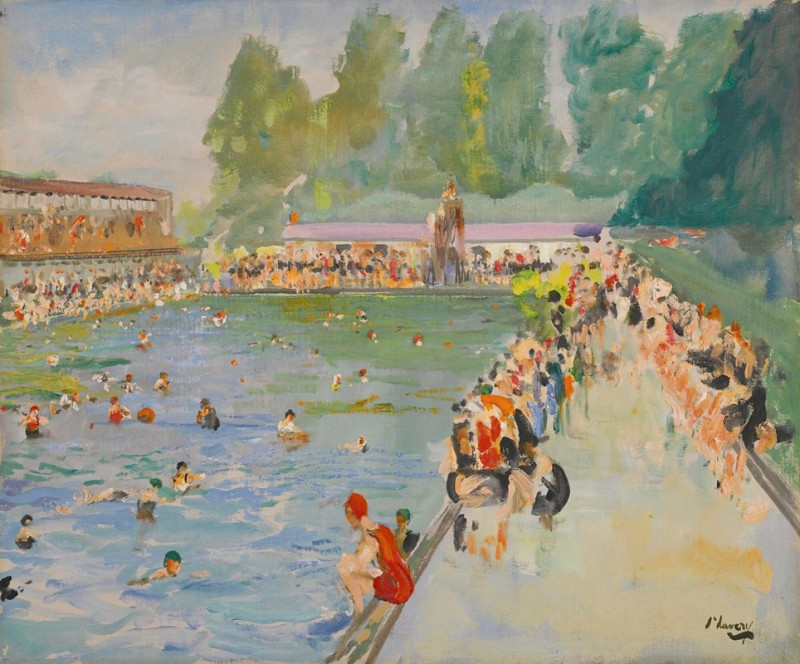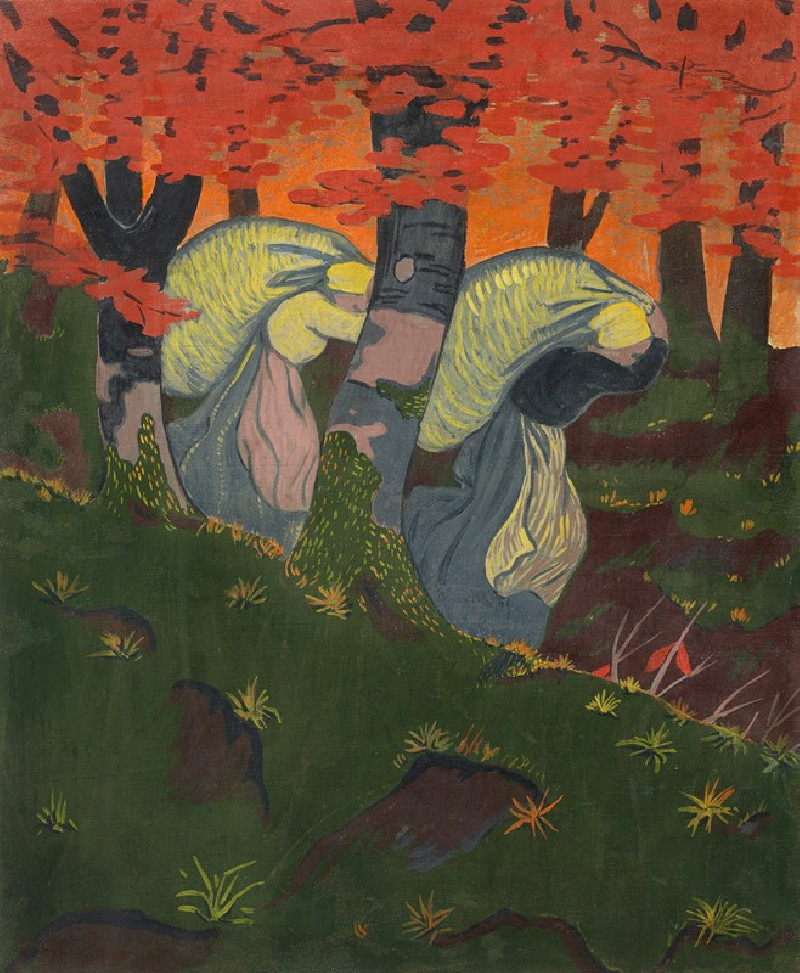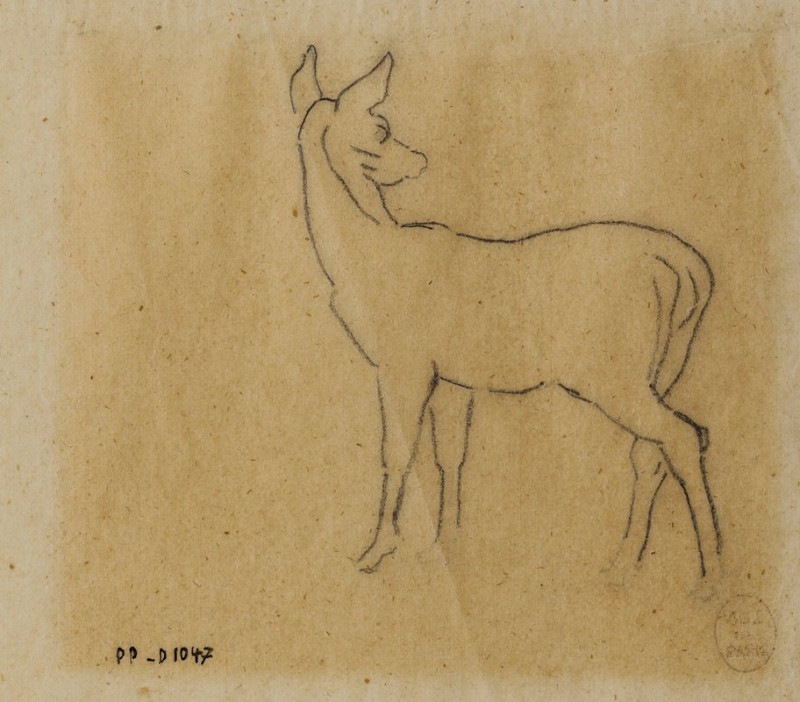The Road From Versailles To Louveciennes
Technique: Giclée quality print
Recommended by our customers
More about this artwork
This painting by Camille Pissarro, titled "The Road from Versailles to Louveciennes," captures a serene rural scene imbued with a sense of calm and everyday beauty. Created with a loose and expressive watercolor technique, the artwork features a gentle road that guides the viewer's eye into the composition, flanked by robust, leafy trees and a clear sky. On the left, a building with a visible red rooftop adds a touch of warmth against the mostly muted palette dominated by greens, blues, and earth tones.In the foreground, two figures appear to be walking along the road, possibly local villagers or travelers enjoying the peaceful surroundings. This inclusion of human presence adds a narrative element to the scene, suggesting a story or a daily routine. The distant landscape hints at more buildings and possibly a continuing village, suggesting that this road connects places and people in a way that is both literal and metaphorical.Pissarro's use of light and shadow, as well as his ability to capture atmospheric effects, are evident here, showcasing his skills as a master of landscape painting and his significant role in the Impressionist movement. The painting evokes a sense of timelessness and the gentle rhythm of rural life near these historic French towns.
Delivery
Returns
Blessed are they who see beautiful things in humble places where other people see nothing. — Camille Pissarro
Camille Pissarro (1830-1903) was born on St.Thomas (now the US Virgin Islands) to a Portuguese father and a Dominican mother. He went to Paris to study art at Ecole des Beaux-Arts. He was an early pioneer of pointillism and neo-impressionism and later became a mentor of many famous impressionist painters including Cezanne, Manet, Renoir, and Gauguin. His paintings depicted rural and urban French landscapes and lifestyle. Many of his works politically captured images of peasants and laborers. Today, he is considered the father of impressionism.

